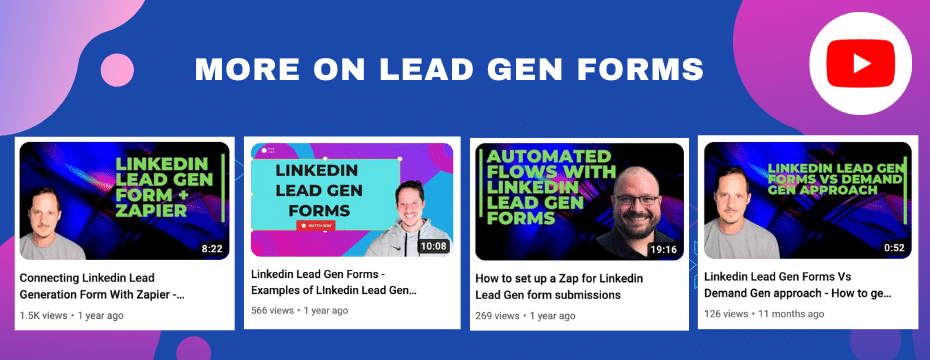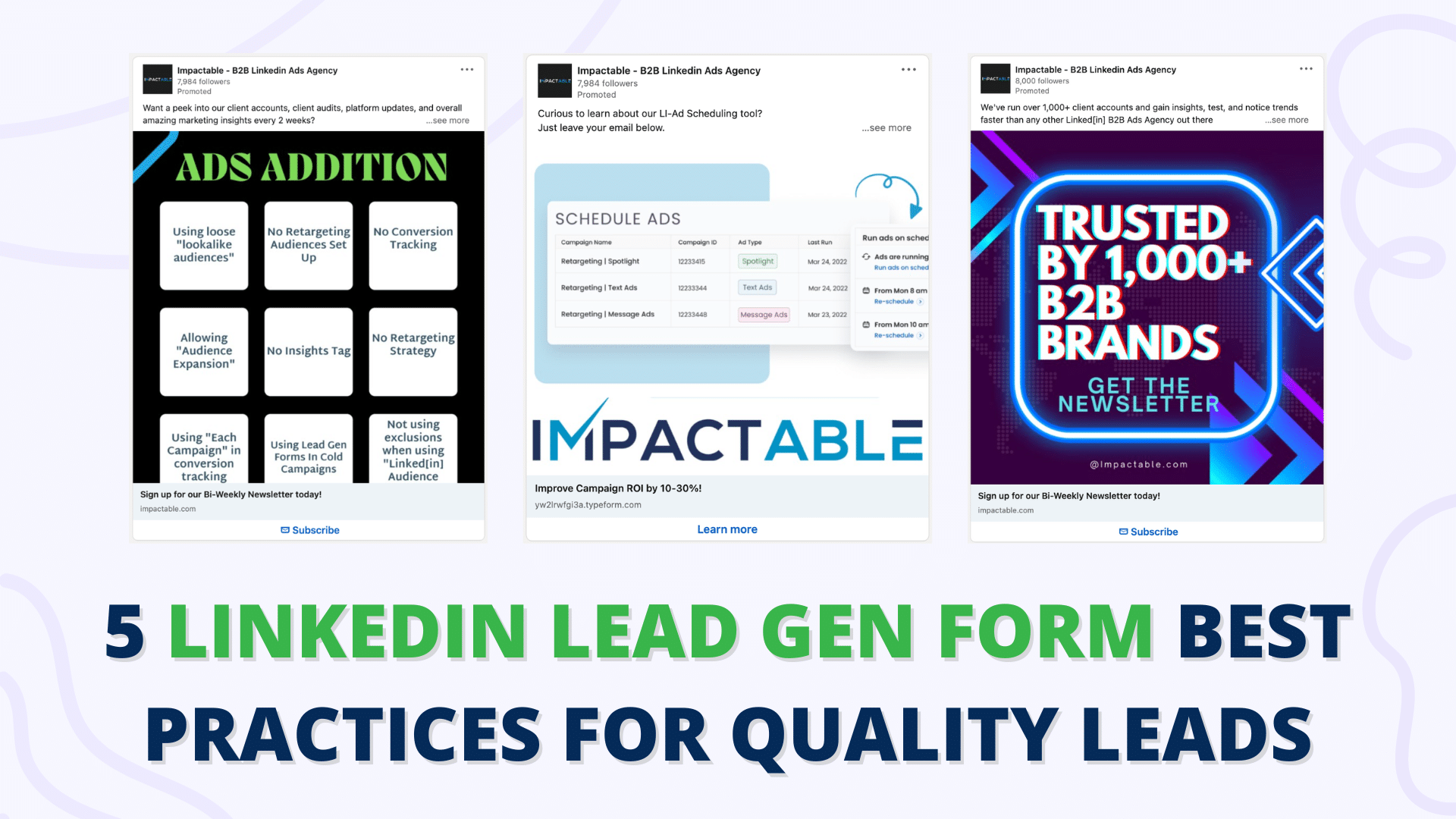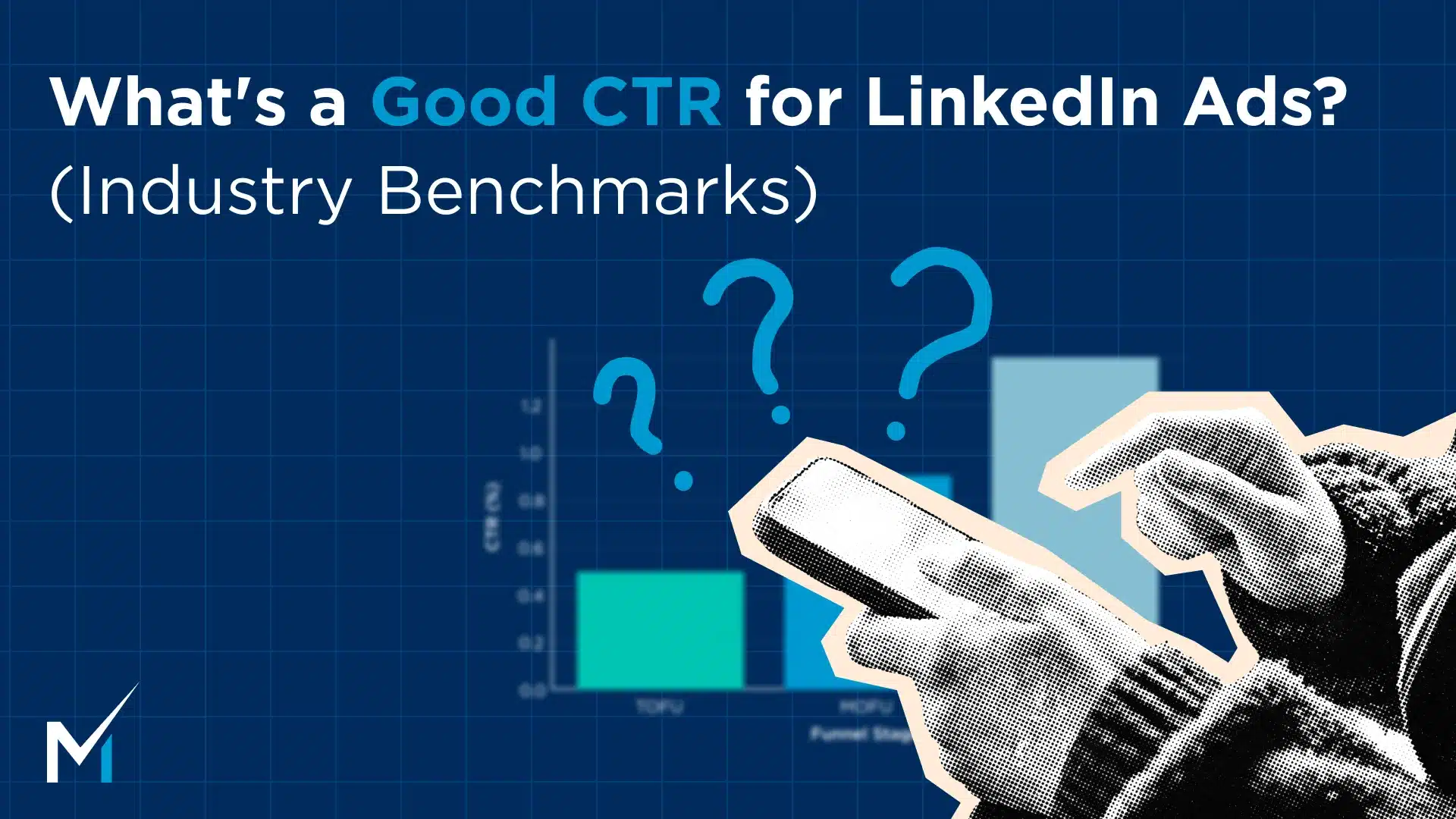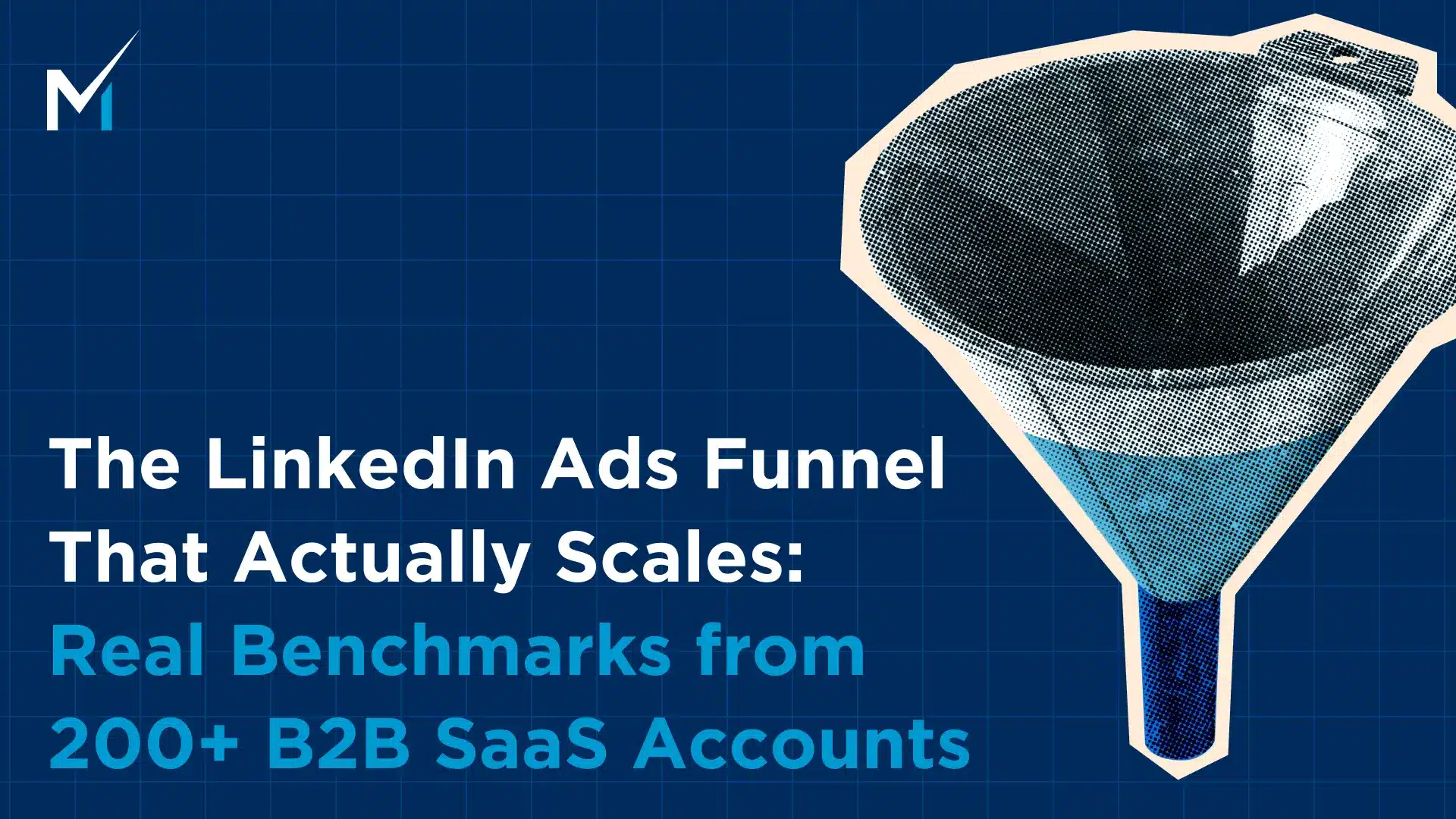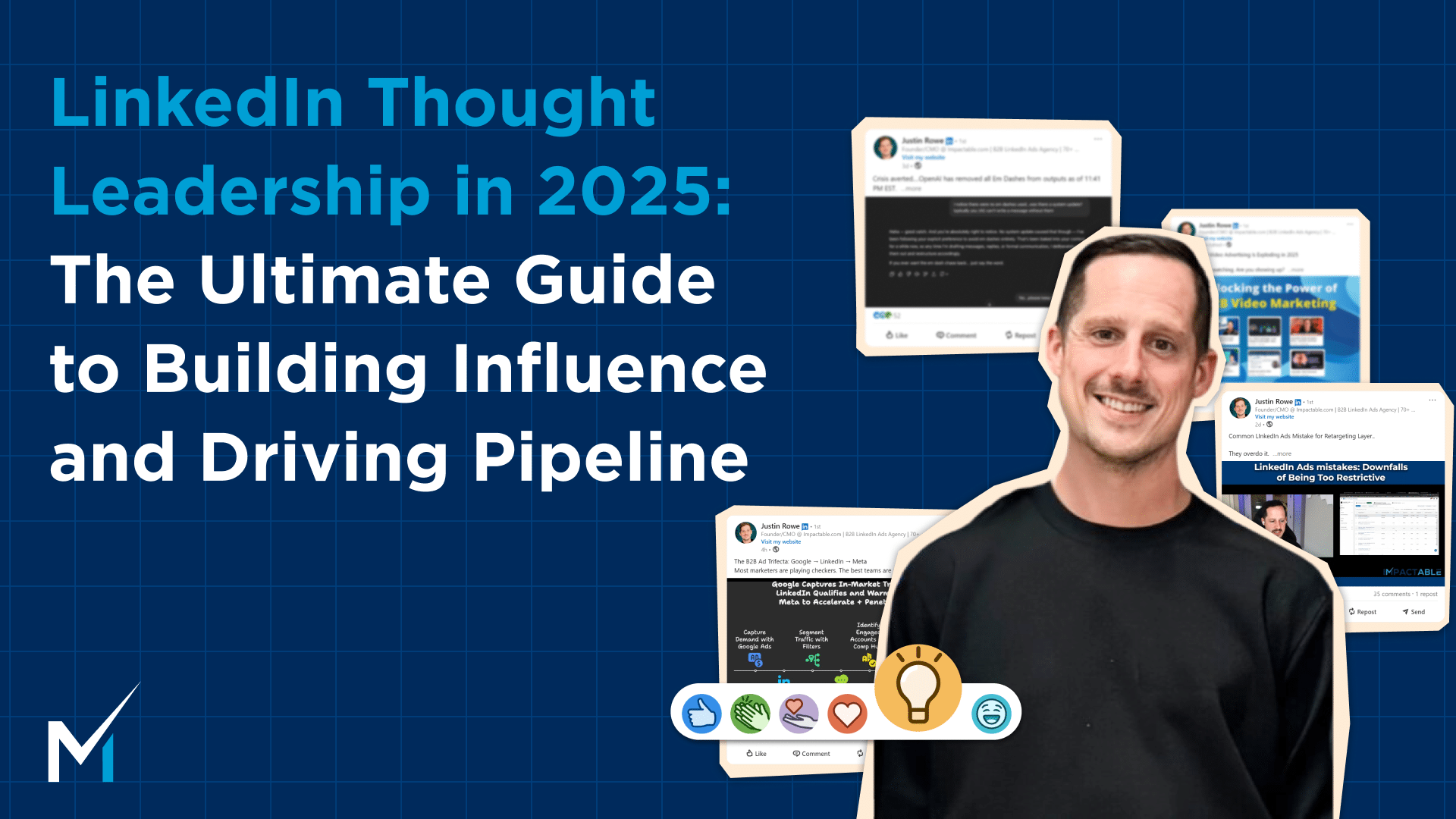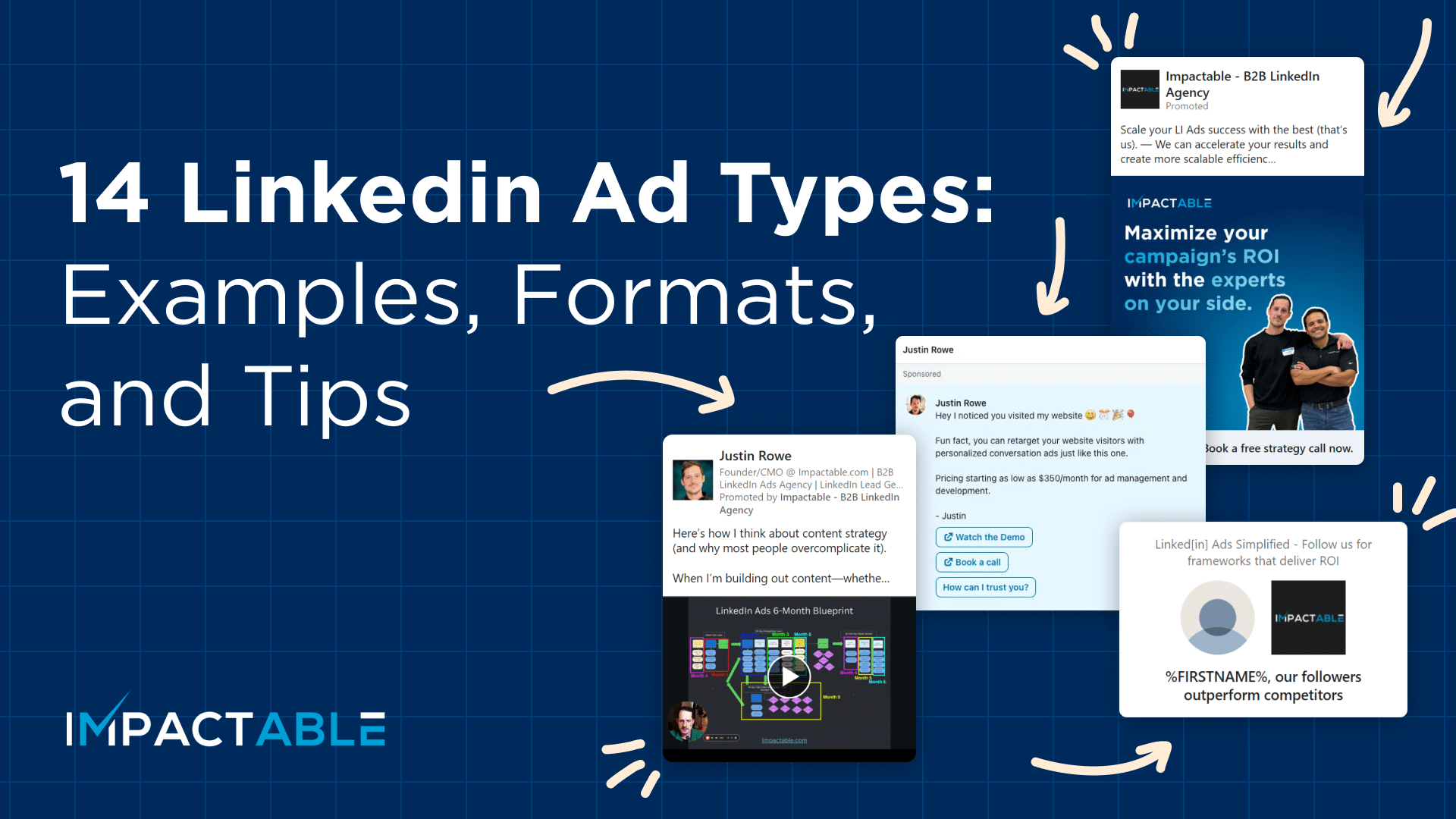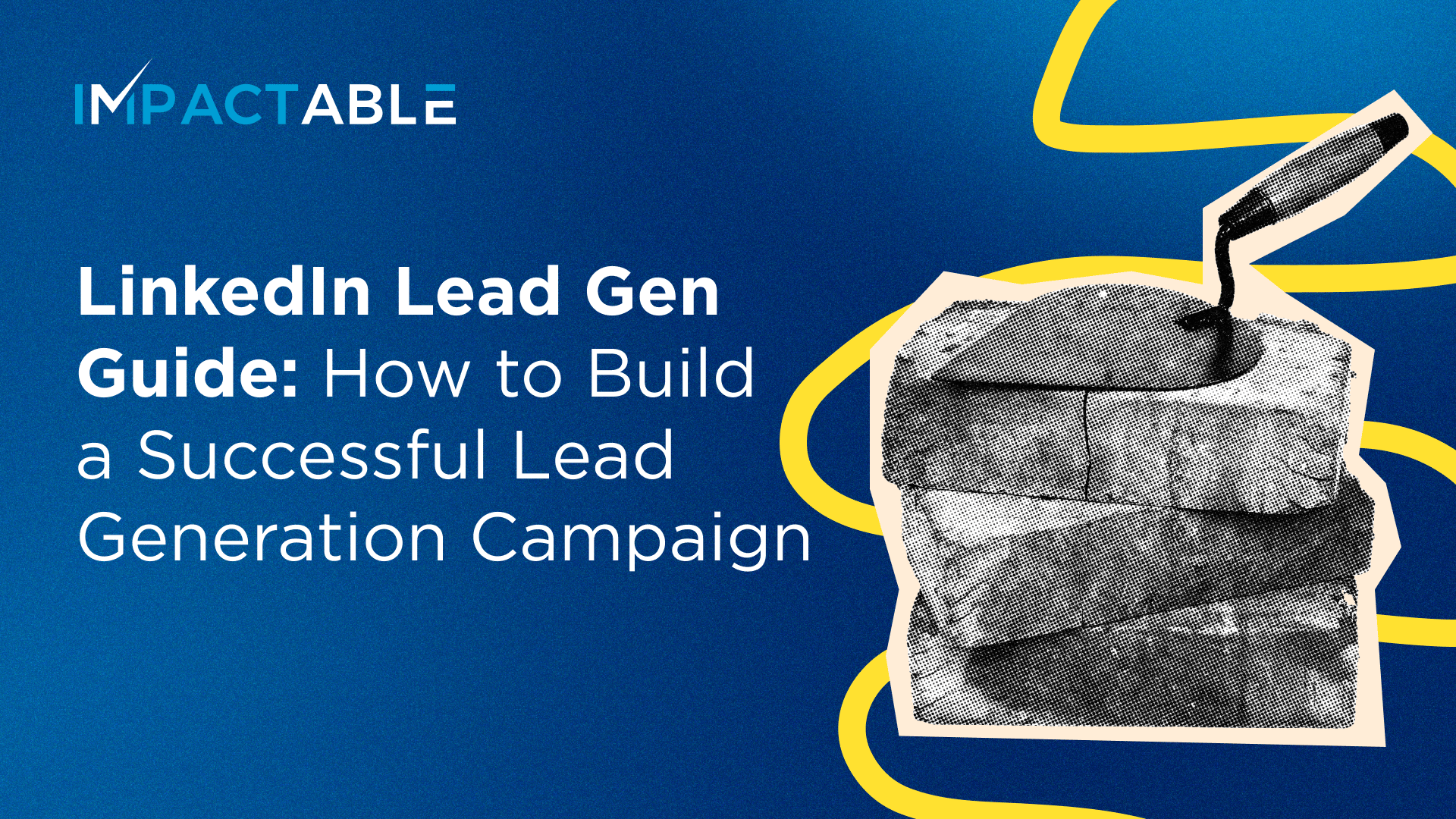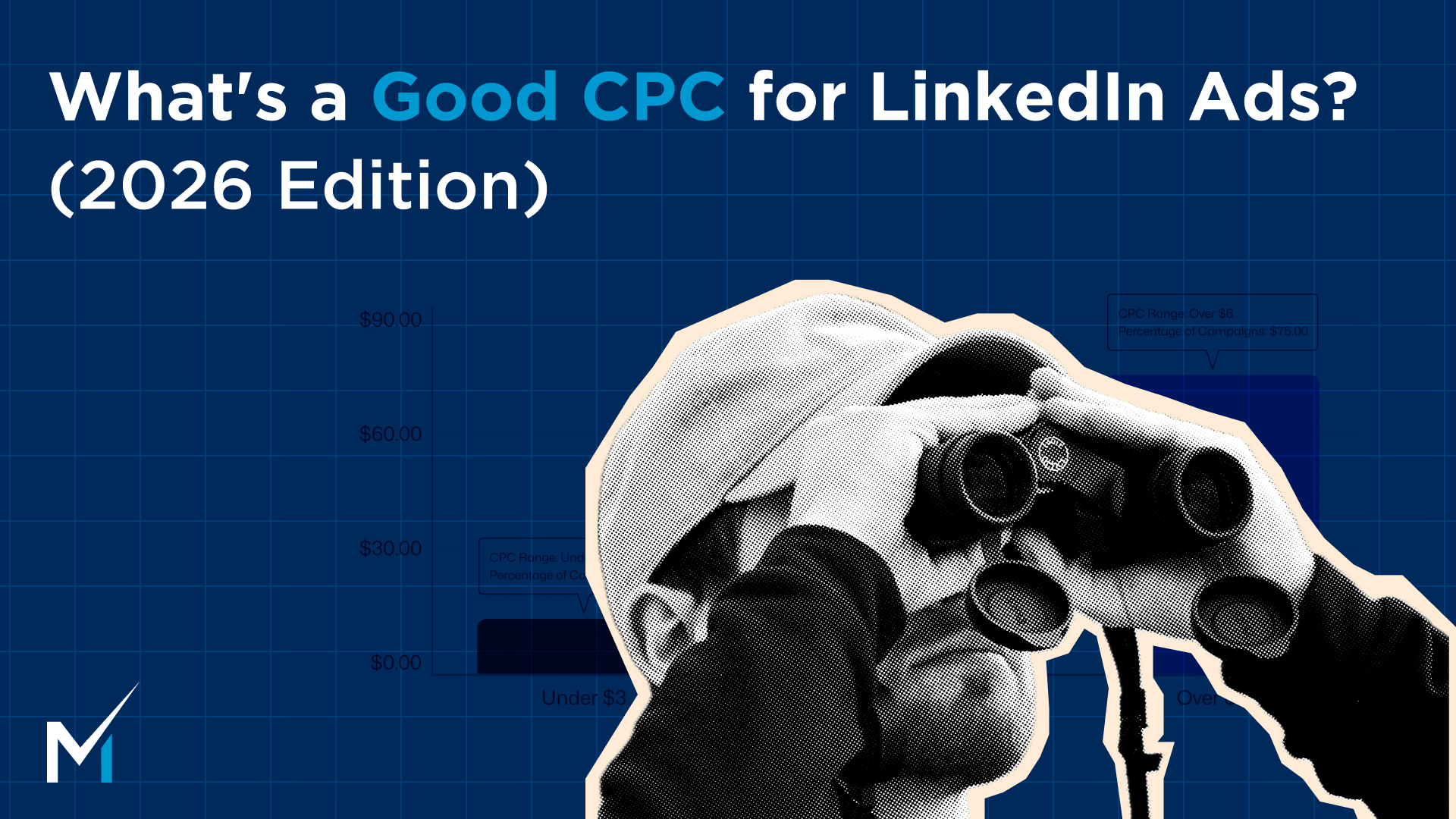LinkedIn Lead Gen Form is a great tool for marketers seeking to generate quality leads. In this article, we’ll delve into some invaluable best practices that can make all the difference in your LinkedIn lead gen campaigns. Whether you’re new to this arena or looking to refine your strategies, we’ve got you covered.
1. The Quality of the Asset Determines the Quality of the Lead
Picture this: Your LinkedIn lead gen campaign is built around an asset, a lead magnet. But here’s the catch – it’s a low-quality asset, offering basic information that’s readily available through a quick Google search. This often happens when the asset is crafted by junior members of your team and lacks deep subject matter expertise.
The result? The leads you get are lukewarm at best, merely interested in a run-of-the-mill checklist or an uninspiring resource. This doesn’t do your company justice in terms of showcasing your expertise or building trust. These leads are barely warmer than cold because the asset couldn’t make a significant impact.
On the flip side, if your asset is a goldmine of knowledge, something people would willingly pay for, a deep dive into subject matter expertise, it transforms the quality of your leads. Such an asset not only captures their email but also bolsters trust and credibility. These leads are primed for further engagement and conversion, making them much higher quality prospects.
In essence, weak lead magnets lead to weak prospects, while valuable, in-depth assets lead to much stronger prospects.

2. Funnel Stage Matters
When it comes to utilizing LinkedIn Lead Gen Forms, the funnel stage is crucial. For instance, consider running these forms for cold prospects versus retargeting a warm audience.
Cold Prospects: Placing a lead gen form in front of an ice-cold prospect who’s unfamiliar with your brand is unlikely to yield high-quality leads. These leads lack intent and brand affinity, requiring significant effort to educate them about your offerings.
Retargeting: In contrast, running a LinkedIn lead gen campaign in the retargeting layer targets prospects who’ve already engaged with your brand. They’ve visited your website, know what you do, and are warmer prospects. Consequently, leads generated in this stage are of higher quality.
3. Experimenting with LinkedIn Lead Gen Forms
Variety is the spice of life, and the same holds true for LinkedIn lead gen campaigns. One common mistake is sticking with a single asset and a single ad creative. Inside a single campaign, you have the flexibility to experiment with different assets and offers.
For example, within one campaign, we include options like newsletter sign-ups, straightforward interest expressions (“Book a call”), or access to valuable resources (“Grab access to our six-month roadmap”). By providing diverse choices, we cater to different prospect preferences. Some might engage with multiple offers, revealing which assets resonate the most.
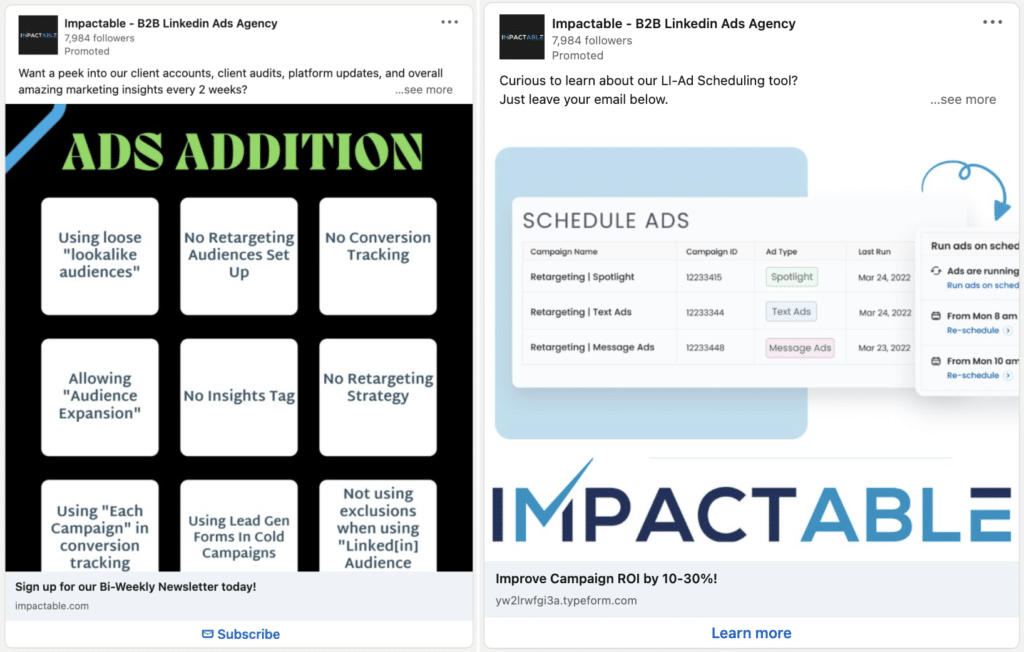
Incorporate variety in your lead magnet, imagery, copy, and headlines to keep your audience engaged and curious.
4. Controlling LinkedIn Ad Frequency
To make the most of LinkedIn Lead Gen Forms, it’s crucial to control ad frequency. This refers to the average number of times a prospect sees your ads within a specific timeframe.
For retargeting campaigns, where you’re engaging a warm audience, you want to ensure prospects see multiple versions of your ads to reinforce your message. You can control ad frequency by a) adjusting your daily budget or b) reducing your audience size through additional qualifying filters like seniority, job function, company size, geography, or interests.
5. Reviewing the CPL by Demographic
When it comes to Lead Gen ads, an often-overlooked practice is reviewing the Cost Per Lead (CPL) by demographic. This can be accomplished by gathering data on CPL across different parameters such as industry, geography, company size, and seniority level in tools like DGP.
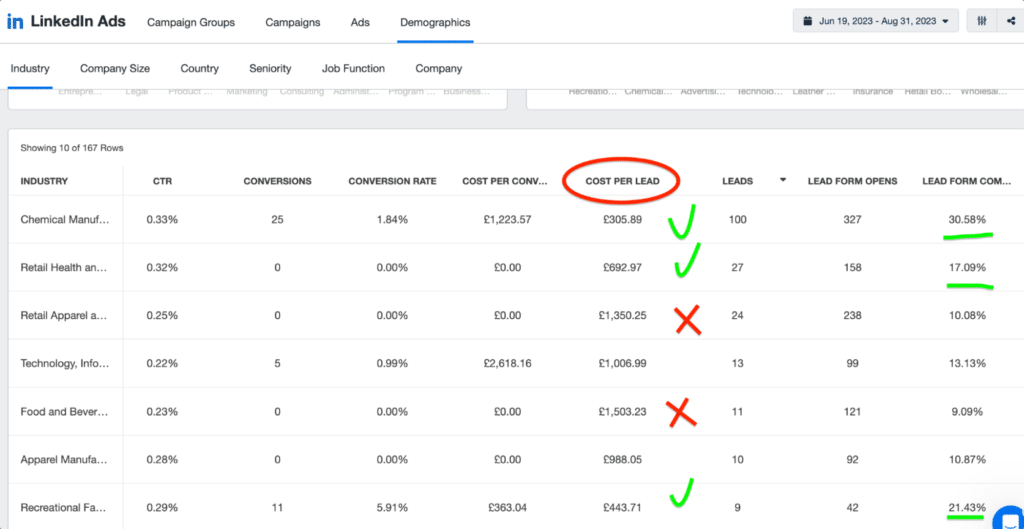
This data is invaluable because it reveals which demographics yield the most cost-effective leads. While certain industries may demand a higher CPL, it’s essential to weigh this against lead quality. This insight helps you focus your attention and resources on demographics that provide the best return on investment.
Final Thoughts
Incorporating these best practices into your LinkedIn lead gen campaigns can elevate your results significantly. Remember, the quality of your assets, the stage of your funnel, experimentation, ad frequency control, and demographic analysis all play pivotal roles in crafting successful campaigns. Implement these strategies, and you’ll be well on your way to generating high-quality leads that can drive your business forward.
Read more about lead gen forms:
- LinkedIn Lead Gen Forms: A Comprehensive Guide on How to Target & Convert High-Intent Prospects
- LinkedIn Lead Gen Forms: Step-by-Step Setup and Best Practices
